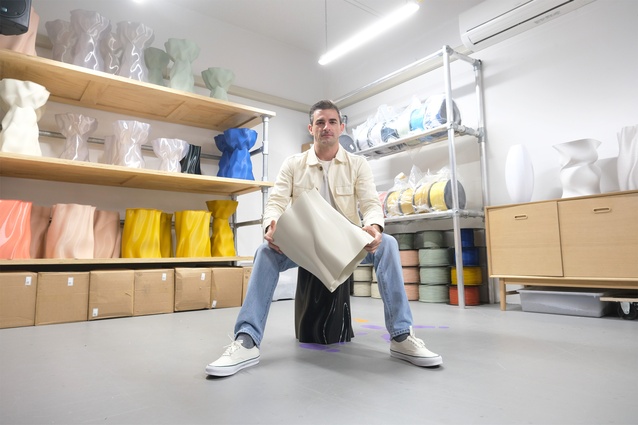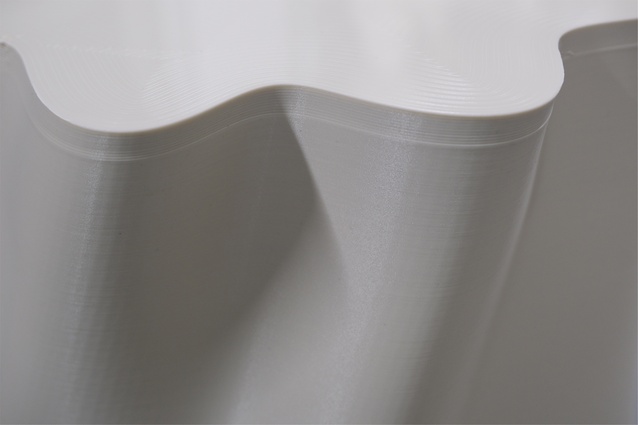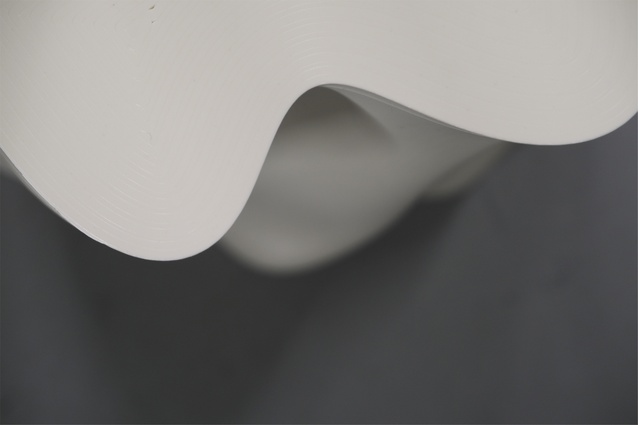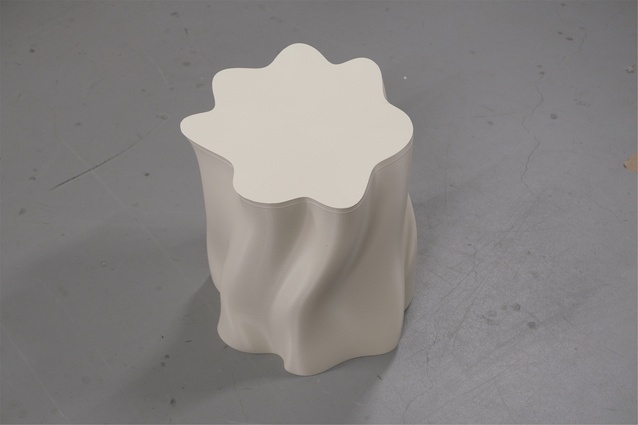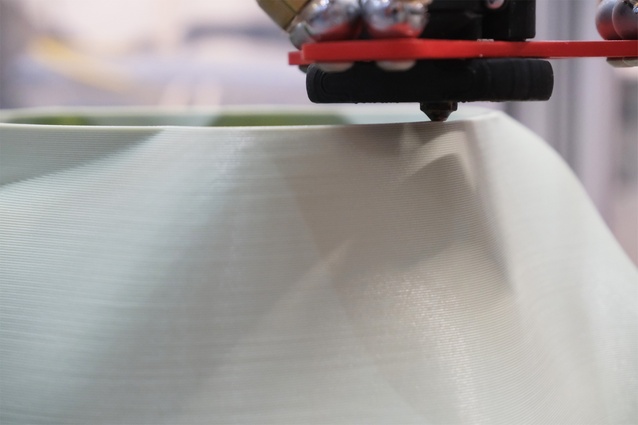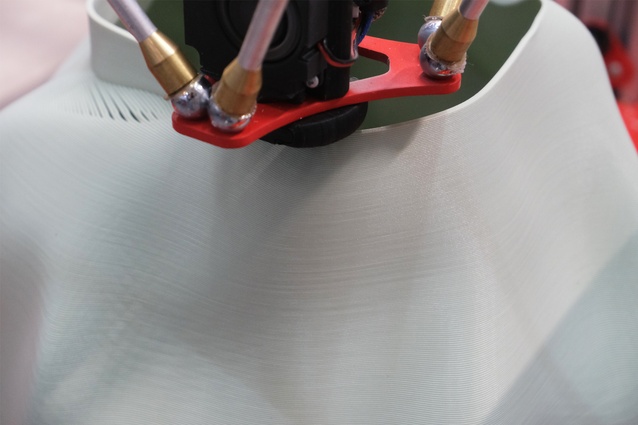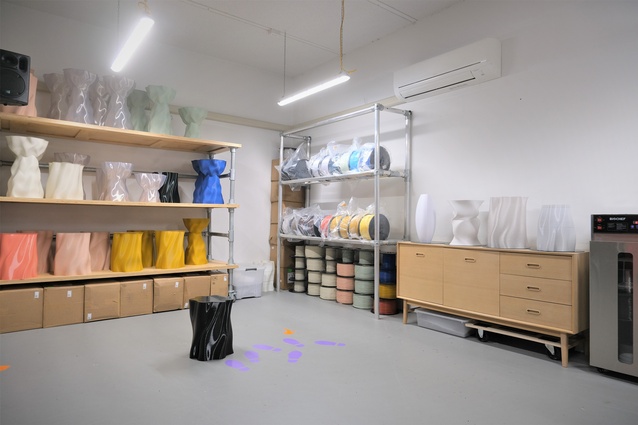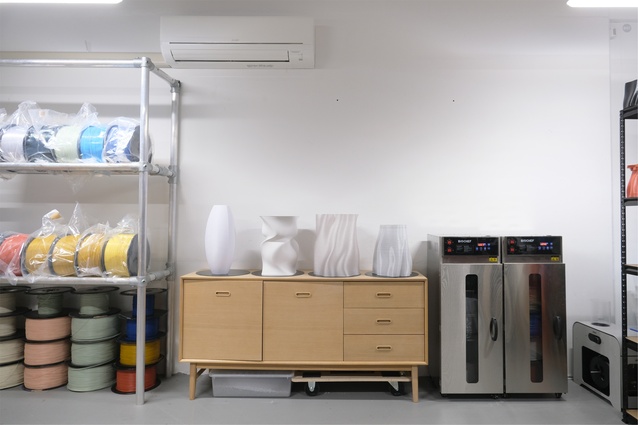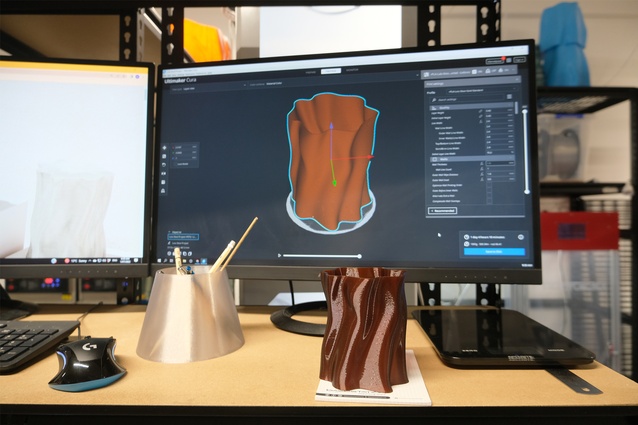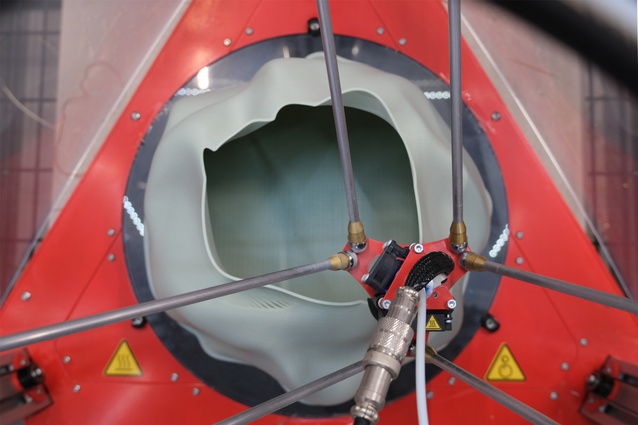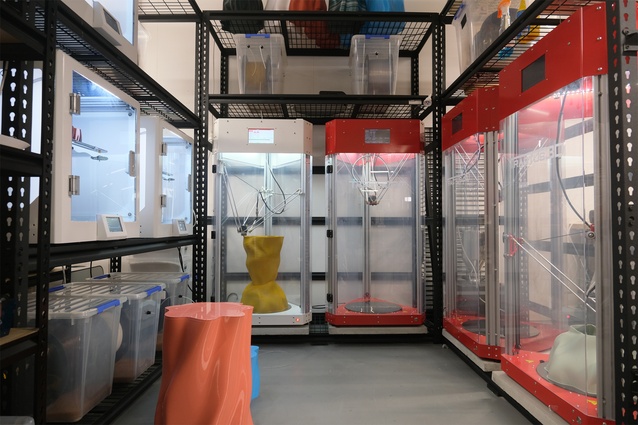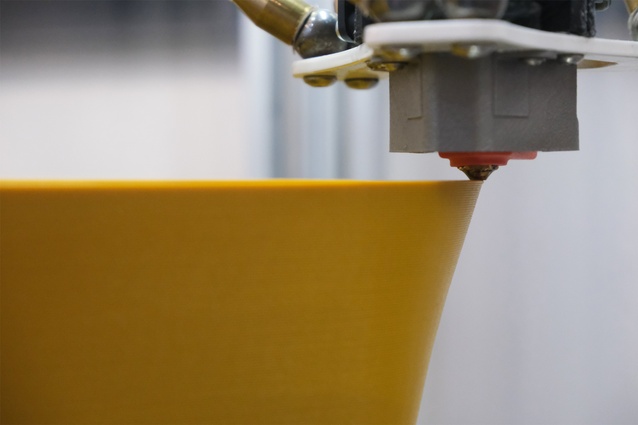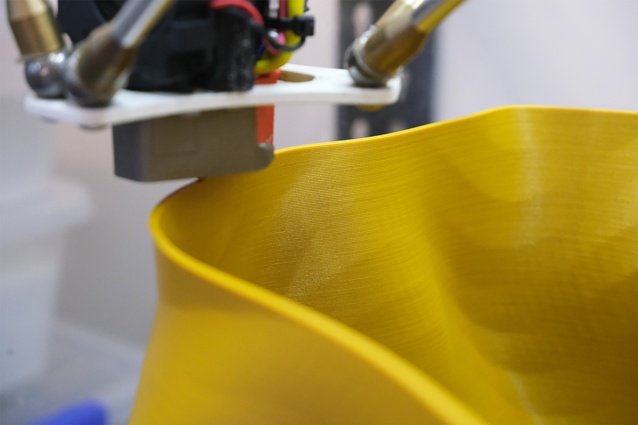Behind the Object: Lulu Stool
In this instalment of Behind the Object, Jacinda Rogers talks to Matt Watkins of Special Studio to discover the process behind the creation of their newest 3D-printed creation, the Lulu Stool.
Jacinda Rogers (JR): What’s your background in, have you always been interested in design?
Matt Watkins (MW):
As a kid, I loved playing with Lego and I was interested in how things worked. I built and took things apart as a hobby, and enjoyed studying design, woodworking and technical drawing in high school. Then I started working as an apprentice joiner—building, mostly assembling kitchens. Throughout my 20’s I worked in retail and wholesale. This taught me how to sell things and to understand people’s purchasing decisions and motivations.
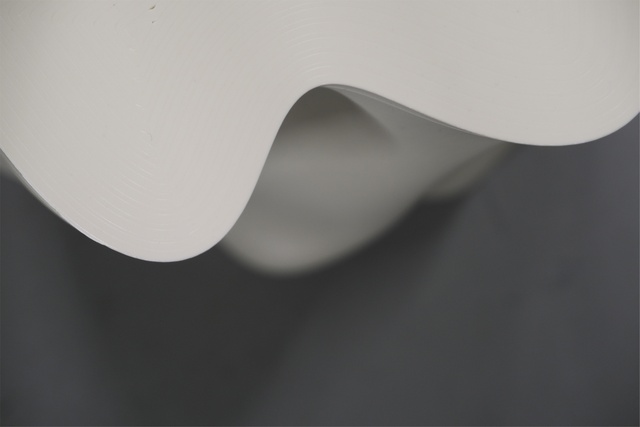
I’m self-taught in product design and launched a software/hardware startup that made products for the DJ and live performance industry. We successfully exited in 2018 and I stayed with the acquiring company in my role as Product Officer.
These varied experiences helped me understand the entire business process, supply chains and how capital investment can be used to scale growth from inception through to the product development phase, product launch, and sales. All of which have been helpful in launching Special Studio.
JR: When did you start experimenting with 3D printing and what drew you to using the 3D printing method?
MW: I bought my first printer in 2016 when I was researching ways to repurpose waste plastics and additive manufacturing presented many advantages and efficiencies, particularly when using plastics.
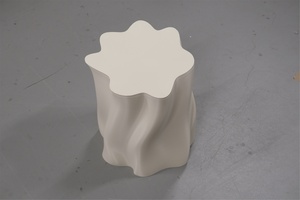
The design freedoms, speed of development and automated nature of these systems make them the perfect tool for a hyperactive designer.
Originally I was inspired by ceramic 3D printing, but I settled on polymer-based systems which required less energy. With ceramics, a kiln is required to fire the objects at very high temperatures while polymers require less heat/energy. Polymers can be reformed, are cheap, and durable. Ceramics are next on our list.
JR: What challenges do you face when creating a new 3D printed object?
MW: Deciding what to produce… The level of design freedom breeds confusion. I always start with a blank slate and try to avoid mood boarding based on others’ designs but rather decide what is the function of the product which helps in defining the form. The geometric possibilities [with 3D printing], are close to endless so it’s easy to disappear down a rabbit hole.
JR: Where did the inspiration behind this piece come from and what prompted you to create it?
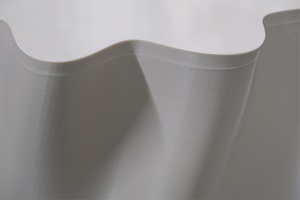
MW: I was asked to work on a collab for the fashion brand Thing Thing. The goal was to create a stool that could be used in an upcoming marketing campaign.
JR: There is a fluidity to the Lulu Stool along with some of the other objects in your range. What attracts you to this type of form?
The stool’s shape is an iteration of our waste bin’s geometry that has been modified to better suit the purpose and to function as a stool. The same is true of the planter in our range, they were all built using the same base geometry.
Fluid and organic lines seem to stand out when compared to other furniture, it’s exciting to look at. Sometimes when I first look at the printed designs, it’s hard to comprehend, they appear almost alien.
3D printing offers the ability to create shapes that cannot be produced any other way. This is so powerful and it would be a shame to not take advantage and push the limits. I feel I have a responsibility to design products that look totally unique, or otherwise, I’d just be making another one of this or that.
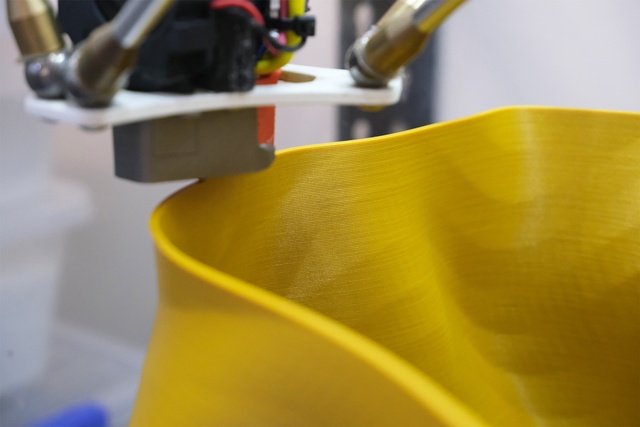
JR: Talk me through the design process. How does it start and evolve to reach a finished product?
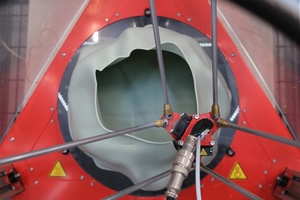
MW: I start with the function of the product. I ask what will it be and what it will do.
Next, I’ll define the scale and other design constraints; does it need to bare loads, what’s its orientation etc.
Then I start to refine the overall shape and start to consider the feeling and texture of the product. This step is where I move from specification to using design tools. Mostly software but sometimes I sketch on paper as a warm-up.
Once I have something I like, I shift over to rendering the product to be as life-like as possible. This typically leads to some design iterations before producing a physical prototype. Being able to render photo-realistic images of the product before production allows me a chance to view the product and make changes if need be. All of the imagery on our website is rendered.
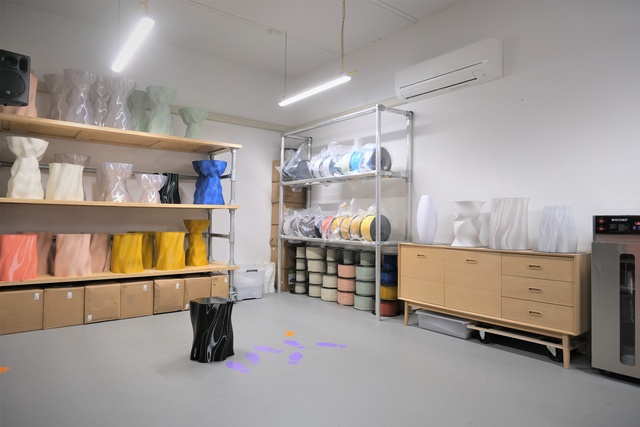
(JR) In terms of materiality and colour, what do you look for?
MW: I focus exclusively on function. How strong or flexible, stiff or heavy. It really depends on the application and what’s practical within a given budget, but it must be recyclable/recycled and easy to produce.
Polymers allow for experimentation with opacity and can be produced in matte or gloss finishes. There are a range of technical additives such as carbon, glass and hemp fibres that can be used to change the functional properties of the base polymer.
I feel the next big additive manufacturing breakthrough will come from material science.
JR: I see on your website you only use recycled plastic in your range. Tell me about that?
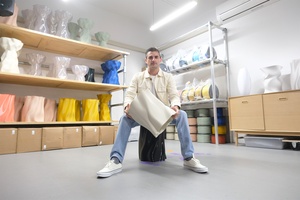
The problem with plastic is a behavioural one. Plastic doesn’t throw itself in the ocean, we do. But polymer-based materials are really incredible. They are cheap to produce, long-lasting, and recyclable. They are also relatively easy to form and process with low amounts of energy.
If recycled plastic can be used to produce valuable things, then people will start to value the material and people don’t tend to throw away things they value. We wanted to prove the value of circular products and it seems we’ve done that.
JR: Do you have a particular stance on accessibility in terms of materials and pricing?
Pricing is fundamentally important and unique to every business. I was unsure how the market would respond to recycled plastic products, particularly when competing with ceramic or wood products of the same function.
There’s a perception that plastics are cheap which logically infers low quality and weakness but that’s not actually true, polymers are fit-for-purpose and if recycled offset peoples’ justifiably negative attitudes towards plastics.
We price our design to reflect the true value of the product. As efficiencies in production are achieved, it’s likely the products will become more accessible to price-conscious customers.
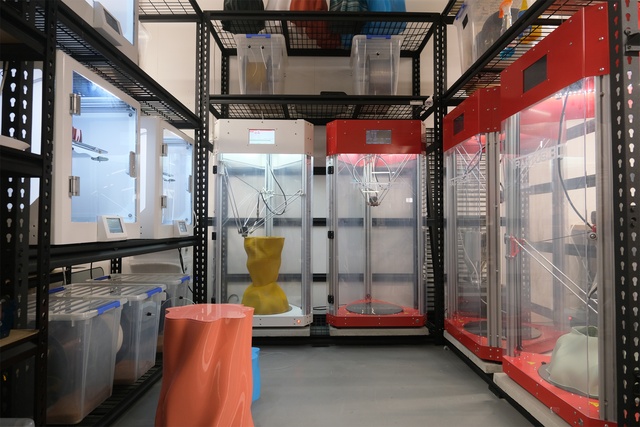
JR: Do you have a long-term goal for your 3D printing objects? Any possibility of collaboration with other designers or architects?
We really are only just getting started. The current range is selling faster than we can produce at a reasonable rate, so we have invested in more and larger machines. This new production capacity will allow us to produce a wider range and larger items such as coffee tables, chairs etc. and to move into other verticals. In the next 12 months, we aim to start production in Australia and the USA while full-scale marine (boats, masts hulls etc.) and residential architecture is the ultimate goal.
We’ve been working with an LA-based designer to print their designs. I had seen the model on screen and thought the finished result was awesome, but it wasn’t until I walked into the studio the morning after starting the print to see it finished, that I could truly appreciate it. I just stopped thinking and stared at it for a long time.
That’s why I love making physical products, they are real, not digital and it’s striking to see something real—truly for the first time. It’s like, no one else has seen this thing, or anything close, in real life ever—except you. And that feeling is totally unique.
Matt Watkins is the founder of One Earth Technologies a startup combining 3D printing and recycled material processing to build the houses of the future. You can watch the recent Ted Talk Watkins gave entitled ‘3D Printing Houses with Recycled Plastic’ here.
For more information on the Lulu Stool and other products by Special Studio go to their website.
See more from the Behind the Object series here.

